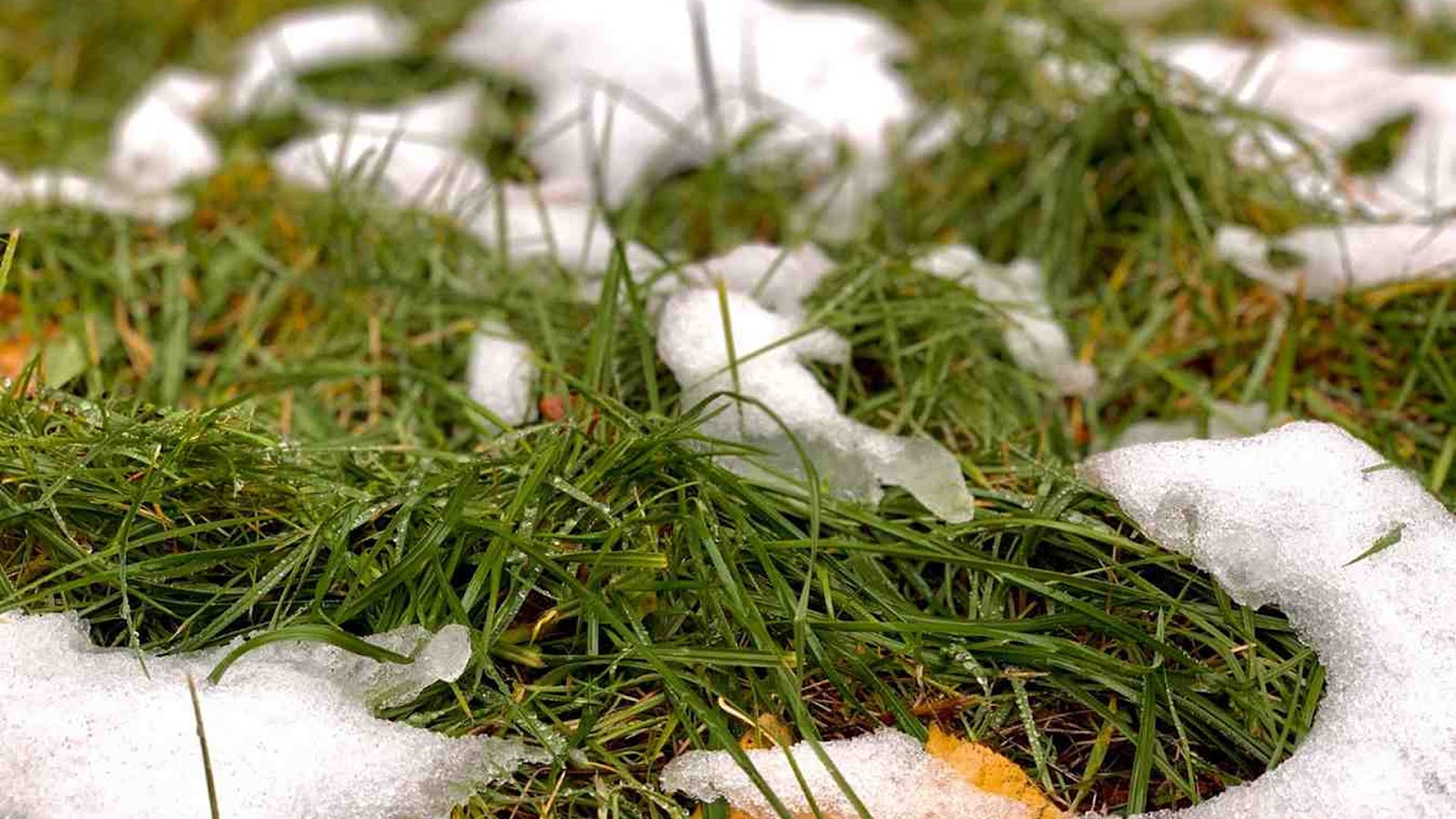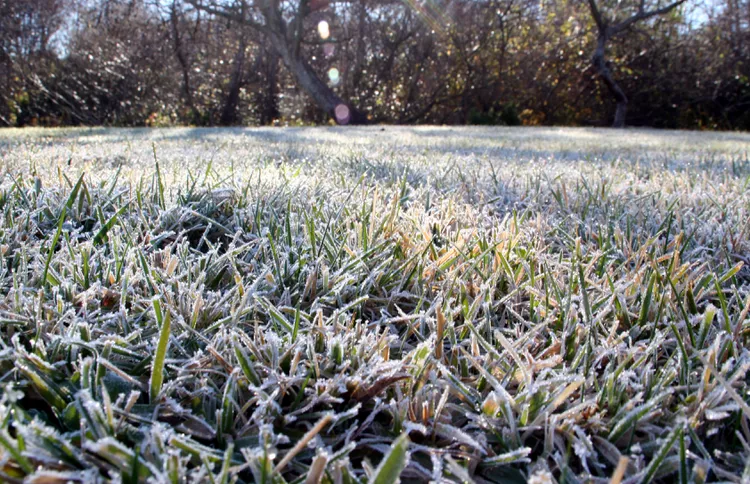Best Practices When Protecting Your Lawn from Winter Damage
Last Updated on September 26, 2025 by Duncan
When winter arrives, a once-inviting lawn becomes brittle and crunchy. The turf’s new appearance is a healthy response to cold weather and low lighting, as the grass plants go into hibernation to protect their root system. With a coating of snow, the lawn may disappear for months at a time.
Hardy perennial lawn grasses such as Kentucky bluegrass, fescues, and perennial ryegrass, with modest care in the fall and winter, will put up vivid green shoots when the days lengthen and the temperatures moderate in the spring.
Would you love to protect your lawn from damage? Here are ways to help you protect your lawn from damage during winter and ensure that it grows strong again in the spring.
Mow until the grass stops growing
Don’t put your mower away too soon. You should keep mowing the lawn until the grass stops growing in the fall. When mowing, set the mower deck height to roughly 2 inches for the final cut of the season.
It goes without saying that excessively long grass attracts voles and other rodents, who tunnel beneath the snow to feed on grass blades and roots while remaining safe from predators.
If voles cause damage, lawns will often recover as temperatures rise in the spring, but some overseeding may be necessary.
Be cautious of the ice melt you use
When ice melt falls over turf grass, it can burn the blades and harm the roots. To be on the safe side, use high quality ice melt such as magnesium chloride, which is gentler on the lawn and still does a good job of melting ice.
You should protect your lawn and the surrounding ecology by using only the amount of ice melt product required in key areas. Avoid putting ice-melting snow on turf grass (or any plant for that matter).
Don’t aerate or dethatch after September
Both aeration and dethatching cause grass to grow new roots and shoots. Lawn rejuvenation tactics like these implemented after September will result in a lawn full of sensitive young roots and shoots that are readily destroyed by winter weather.
If there isn’t enough time before freezing temperatures, postpone lawn restoration until the spring. For a great experience, aerate and dethatch in September or April, when the lawn would recover swiftly in better growing conditions.
Don’t fertilize your dormant grass
Its normal for grass to undergo winter dormancy (or the soil freezes) and when they do it, they are unable to use nutrients from fertilizer applications for plant growth. During the winter, the fertilizer will lie on the leaf blades or on top of the soil surface for several weeks, causing plant damage. And you don’t want this, do you?
You should apply fertilizer when the grass is actively growing, which is usually in early November or early April in coldest weather regions.
Don’t pile snow on your lawn
Large snow piles that persist into the spring enhance the likelihood of lawn illnesses such as snow mold growing on turf grass.
You should avoid having large piles of snow on the lawn that can take months to melt away. If huge piles are unavoidable, reduce the pile as temps rise to encourage faster melting.
Get rid of the excess leaf debris
Piles of nutrient-rich leaves are desirable in landscaping beds, but a thick layer of leaf cover is bad for turf grass. Excessive leaf debris left on the lawn during the winter months can prevent the proper use of light and the exchange of gases.
If the leaf layer is thicker than 2 inches, remove it with a rake or a lawn mower equipped with a bagging attachment. Transfer the collected leaves to a compost pile or garden bed.
You can recycle the leaves in thin layers back into the lawn. Cut leaves into tiny pieces with a mulching mower so they disintegrate fast and release nutrients into the grass’s root zone.
What if your lawn has already been damaged?
If your lawn has already had winter damage, there are a number of ways you can fix it. These ways include:
Repairing snow mold
Snow mold gives the lawn a pinkish (pink snow mold) or grayish (gray snow mold) hue. If your lawn was infested during the winter, circular patches of matted, discolored grass, resembling a dog’s wet fur, will appear in the spring and snowmelt.
In most situations, merely raking off matted turf sections will open up the grass canopy, enhance air circulation, and help the grass recover.
You don’t need to apply any fungicide. Turfgrass will grow organically as the weather warms. However, regions significantly afflicted by snow mold may benefit from light overseeding.
Vole damage repairs
Voles chew on grass blades, leaving surface tunnels on your lawn after snowmelt. If your lawn has already been damaged by voles, there are a number of things you can do.
Practices that can encourage rapid recovery include thorough raking (specially to remove accumulated excrement) and a light application of fertilizer.
You also should consider overseeding with a compatible mix of grass if you want to ensure that the turf looks thick in the summer or if the region does not appear to recover adequately.
Frost damage repairs
The brown patches on your lawn could be caused by something as simple as chilly temps that caught your grass off guard. If frost damaged your lawn over the winter, you’ll notice patches of wilted, yellow, and brown grass in early spring, as well as regions where the grass grows slowly or not at all.
What you need to do is to rake up the dead grass and reseed to heal the damage. Also consider planting turf varieties that are more cold tolerant, such as Kentucky bluegrass or creeping bentgrass.
Rock salt damage repairs
During the winter, salt used to de-ice access routes frequently leaches into the lawn, causing damage. Salt contamination causes straw-colored grass around sidewalks, roads, and streets.
When you have rock salt damage, the damage will appear as a gradient with more intense damage at the edge of the hardscape and lessening damage toward the center of the lawn.
To cure salt damage, apply gypsum to the damaged areas and irrigate thoroughly. If the grass has died, add peat or topsoil and reseed. Consider planting more salt-tolerant grasses, including Bermuda or perennial ryegrass.


